The query came to the St Lucie Audubon web site: “…why (do) they (White Ibis) hang around South Florida and (what are) their benefits/negatives to being here/in your front yard?”
Interesting question! I must admit I have never thought about Ibis in that light. As common as White Ibis are, and as frequently as we see them on our Florida lawns, golf courses, grassy highway median strips, and flying over our residential complexes in large vee formation flocks, they are still more common and in even larger flocks in the wetlands and marshes where most waders, herons and egrets are found. (photo 3) When they sit up and pose on the top of a small bush they are quite attractive. (photo at top of the column) And when flying over in the evening sunset, in their ultra-bright crimson with black bill tip breeding plumage they can be downright spectacular (photo 2). Arguably their beauty is a benefit for us.
Their diet consists primarily of crustaceans, crayfish, crabs, snails, frogs, snakes, and small fish. In our lawns they are probably finding insects and worms. So they don’t eat our chickens, cats, dogs, nesting birds or anything similar that other predators might find quite tasty. If their diet is not a benefit, it certainly is not a negative from our human standpoint. They find their food by tactile foraging, feet and bills, rather than by sight. This Ibis with its dirty bill and bright blue eyes has clearly been probing in the mud somewhere. (photo 4)
Sometimes White Ibis are seen with their cousins, the Glossy Ibis. (photo 5) They often forage together without conflict because Glossy Ibis eat primarily dragonflies, crickets, flies and other insects, but only occasionally snails, mussels, small fish, lizards and snakes. That is perhaps the reason we don’t see them as often in our human habitats with the White Ibis, although they do sometimes travel together there as well.
Juvenile White Ibis often can be seen accompanying their parents or other adult companions. Juveniles are dark brown (photo 6) and gradually develop their white plumage. They can be seen together with different individuals in various stages of changing development from completely brown to almost completely white. (photo 7 from our back patio, with another common year-round visitor to our Florida lawns, golf courses and residential developments, a Sandhill Crane)
As to the original question whether White Ibis are a benefit or a negative, I suppose they fall into that same category that applies to all other birds that inhabit our lives daily. Are our lives better or worse because we have birds in and around us every day? I suggest that birds do improve our lives by simply being there. This is why we collectively spend millions of dollars every year buying bird seed, putting up nesting boxes, planting bird friendly flowers, trees and shrubs, and installing bird baths in our back yards.
While arguably the “prettier” birds like Cardinals, Blue Jays, Orioles, and Painted Buntings may dress up our properties, the Mourning Doves, Robins, Cedar Waxwings, Finches, and Wrens, and yes, White Ibis, which also occur around us make our lives more interesting. I am unable to think of any negatives that having all these wonderful birds as friendly neighbors may cause.
Ultimately, who are we to say birds should or should not inhabit our world, whether we consider them beneficial or negative in their impact upon us? Thankfully the days of farmers shooting “chicken hawks,” plume hunters massacring egrets by the thousands to adorn women’s hats, or game hunters “harvesting” ducks and shorebirds for market are far behind us. Still, we receive reports that bird numbers are dropping precipitously with billions, with a “B,” having been lost in recent years, and millions more every year.
Even the White Ibis that we see around us are deemed a Species of Special Concern in Florida. If we continue to develop and destroy bird and wildlife habitat, allow our cats to roam uncontrolled or turn feral, use pesticides harmful to all wildlife, pollute our waters, and build skyscrapers and buildings with reflective glass windows that appear to offer safe passage but lead to death for birds, we may during the lifetimes of the youngest of our species experience what life without birds is like. Then we will no longer have to worry whether they are a benefit or a negative.
And now I will get down off my soap box.
For more information on White Ibis, see: www.audubon.org/field-guide/bird/white-ibis, and en.wikipedia.org/wiki/American_white_ibis.








